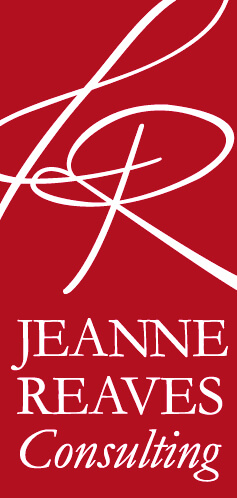It’s Spring time – may be time to do some spring cleaning and recruiting! I have seen boards scrambling to recruit new board members to meet bylaw requirements for membership and quorums at meetings because they have someone who just termed off the board, or experienced a recent resignation. This panic situation does not produce the best board members. A number of boards have identified a few current board members with whom they are not satisfied because: The board members do not read board packages before the meeting, they don’t contribute to or attend board meetings, they may not be participating in committees and in the case of a nonprofit are not personally supporting the organization financially or fundraising.
Understanding the importance of board membership, the mission of the organization and skill sets aligned with the needs of the board are critical to a board’s success. Board membership is not to be taken lightly as there are legal governance responsibilities to the organization in addition to meeting the needs of the community.
Higher legal standards have been set for board governance requiring boards to operate more effectively, efficiently and with greater transparency.
Recruiting should be done through a Governance Committee or the Executive Committee – depending on the committee structure adopted by the organization. Nominating Committees in general have more recently been incorporated into one of the two committees mentioned. The appropriate committee should be strategically recruiting through the use of a desired prospect grid and upon recruitment the new board member should participate in a strong orientation process. Remember, the board members determine the strategic direction, have ultimate legal responsibility, ensure financial longevity, and assess the organization’s CEO or Executive Director.
Identifying the needs of the board makes recruiting much easier and strengthens not only the board but the organization as well.Looking at the attributes currently represented and identifying what is needed through a grid or matrix of skills, diversity, gender, geographic location, age and other strategic priorities are important when selecting board members. Be aware that an individual who may have strong skills in a particular area may not want that job (committee) because they do it all day at work.
Once you identify the prospects for your board, it is wise to have them complete a board questionnaire and ask them to review the board job descriptions. The documents can be as specific or as general as the culture of the board however; the more specific the less open to interpretation. The documents should be used throughout the recruiting process so the prospect understands the expectations should they become a board member and the board has the opportunity to better understand the prospect. Board member qualifications on paper are important, especially in how the qualities line up with the grid/matrix, but personal attributes are just as important – maybe even more important.
It’s Okay To Wait For The Best Person When Recruiting Board Membership.
